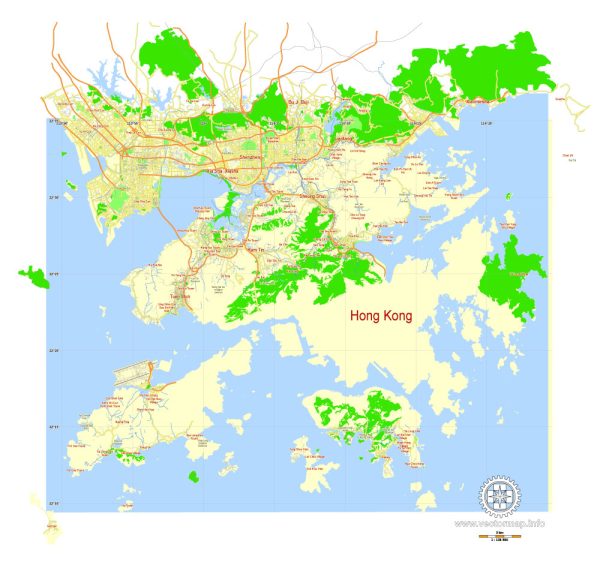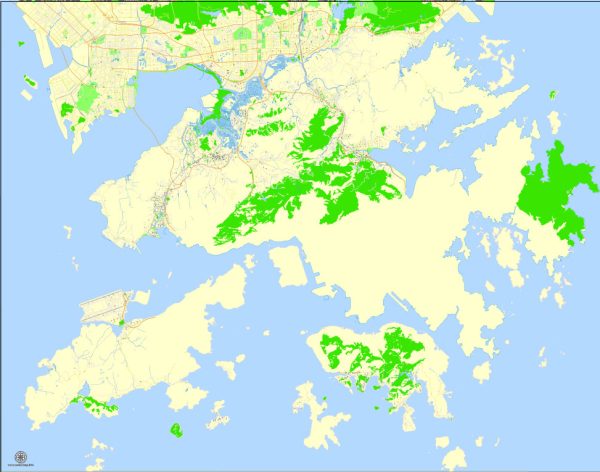Hong Kong’s history is a complex and fascinating tale that involves a blend of British colonial rule, Chinese sovereignty, and a unique identity that has developed over the years. Here’s a brief overview of Hong Kong’s history:
- Early History: Before becoming a British colony, Hong Kong was inhabited by indigenous peoples. Its strategic location made it an important trading hub for Chinese and foreign merchants. The name “Hong Kong” translates to “Fragrant Harbor” in Cantonese, and it was first recorded by European explorers in the 16th century.
- First Opium War (1839-1842): The First Opium War between Britain and China ended with the Treaty of Nanking in 1842. As a result, Hong Kong Island was ceded to Britain, and it became a British colony.
- Kowloon Peninsula (1860): In 1860, the Convention of Peking concluded the Second Opium War, and Kowloon Peninsula was ceded to Britain, further expanding British Hong Kong’s territory.
- New Territories (1898): The New Territories, a significant portion of the mainland, were leased to Britain for 99 years in the Convention for the Extension of Hong Kong Territory in 1898. This agreement was set to expire in 1997.
- British Colonial Era: Under British rule, Hong Kong flourished as a major international trading and financial center. It developed a unique blend of British and Chinese culture and underwent significant economic growth.
- World War II: During World War II, Hong Kong was occupied by Japan from 1941 to 1945.
- Post-War Prosperity: After World War II, Hong Kong experienced rapid economic growth, becoming a global financial and business hub. The population expanded, and the city’s skyline began to change significantly.
- Return to Chinese Sovereignty (1997): In 1984, the Sino-British Joint Declaration was signed, outlining the transfer of sovereignty over Hong Kong from Britain to China. On July 1, 1997, Hong Kong was handed back to China under the principle of “one country, two systems,” which was supposed to guarantee a high degree of autonomy, including its legal and economic systems, for 50 years. This was enshrined in the Basic Law.
- Handover and Post-Handover: Since the handover, Hong Kong has experienced political, social, and cultural challenges. There have been protests and concerns about the preservation of its autonomy, especially in the 2014 Umbrella Movement and the 2019-2020 pro-democracy protests. The implementation of a national security law in 2020 by the Chinese government has further raised concerns about Hong Kong’s autonomy.
- Current Status: As of my last knowledge update in September 2023, Hong Kong remained a Special Administrative Region (SAR) of China with a separate legal and economic system. However, it is important to note that the situation in Hong Kong may have evolved since then, and I do not have access to real-time information.
Hong Kong’s history is marked by its unique position at the crossroads of East and West, and its story continues to be a subject of international interest and scrutiny.



 Author: Kirill Shrayber, Ph.D.
Author: Kirill Shrayber, Ph.D.